The digital advertising world is evolving—and fast. One of the most significant drivers of this change is the rise of the creator economy. As traditional ads struggle to break through consumer fatigue, content creators are stepping in with more relatable, engaging, and trust-driven ways to connect with audiences.
From micro-influencers on Instagram to viral TikTok stars and YouTube educators, today’s creators are not just entertainers—they’re powerful marketing channels. Their influence is reshaping how brands approach advertising, pushing the industry toward more authentic, community-first strategies.
In this blog, we’ll explore how the creator economy is influencing digital ads, the benefits and challenges it presents, and how advertisers can tap into this dynamic space for more impactful campaigns.
How the Creator Economy is Influencing Digital Ads
The rapid growth of the creator economy is redefining the way brands approach digital advertising. No longer confined to traditional banner ads and generic video campaigns, brands are now leaning into creator-led advertising—a more personal, relatable, and effective way to reach today’s digitally savvy audiences.
This shift is not just a trend; it marks a fundamental change in how advertising works in the attention economy. Let’s explore what the creator economy in digital advertising means, how it works, and why it’s a game-changer.
What is the Creator Economy?
The creator economy refers to the growing community of independent creators who produce content across digital platforms and monetize through brand deals, ads, merchandise, memberships, and more.
This includes:
- Influencers on Instagram, TikTok, and YouTube
- Podcasters monetizing through sponsorships
- Writers publishing on Substack or Medium
- Streamers on Twitch or Kick
- Educators, meme creators, and even niche community builders
These creators are not celebrities in the traditional sense, but they have something far more valuable: trusted relationships with their audience. They are seen as peers, not advertisers—making their content more engaging, influential, and trustworthy.
How the Creator Economy is Changing Digital Advertising
Let’s break down the major ways creator-driven advertising is shifting the digital ad industry:
1. Authenticity Over Polished Campaigns
In the era of ad fatigue and banner blindness, traditional display ads often fail to grab attention. Consumers, especially younger generations like Gen Z and millennials, crave authenticity.
When a creator integrates a product into their natural content—be it a YouTube review, a TikTok skit, or a behind-the-scenes Instagram story—it feels real. This authenticity increases trust and positively impacts purchase intent.
Example: A skincare brand collaborating with a skincare YouTuber for a “daily routine” video gets more traction than a high-budget commercial because it feels personal and unscripted.
2. Niche Targeting with High Engagement
Unlike traditional media that broadcasts to broad audiences, creators often have hyper-niche communities. From vintage car enthusiasts to vegan foodies, there’s a creator for virtually every interest.
By partnering with these creators, brands can target highly relevant audiences, improving engagement and reducing ad spend waste.
Example: A vegan snack brand working with a popular plant-based recipe influencer hits a more qualified audience than a general Instagram ad campaign.
3. Rise of Influencer-Led Programmatic Ads
Traditionally, programmatic advertising focused on automating ad placements across websites. But now, platforms are merging this automation with creator content.
This means:
- Native-style ads featuring real creators
- Creator content integrated into ad exchanges
- Influencer marketing tech platforms offering programmatic scale
It combines the emotional impact of creators with the data-driven efficiency of programmatic systems.
Example: Platforms like TikTok and Meta now offer branded content tools that help brands run creator videos as paid ads at scale.
4. Short-Form Video and Live Commerce
The explosion of short-form content platforms like TikTok, Instagram Reels, and YouTube Shorts has revolutionized ad formats.
Creators use these platforms to:
- Create engaging product showcases
- Run quick tutorials or reviews
- Host live shopping events where users can purchase in real-time
This is the future of interactive advertising, with real-time audience engagement and immediate sales conversion.
Example: A fashion influencer hosting a livestream “haul” where viewers can click and buy outfits directly during the session.
5. New Metrics for Success
In traditional advertising, success is measured in impressions and click-through rates. But with creator-led ad campaigns, the metrics shift to:
- Engagement Rate – Likes, comments, shares, and saves
- Audience Sentiment – Measured through comments and feedback
- Retention & Watch Time – Especially important for video content
- Conversion Tracking – Direct purchases through affiliate links or discount codes
- Brand Affinity – Long-term lift in brand perception
Brands are starting to value quality of attention over quantity of exposure, focusing on deeper interactions.
Benefits for Advertisers and Publishers
Let’s look at the clear advantages of embracing creator-driven digital ads:
Increased Brand Recall
Content from a trusted creator sticks in the audience’s mind longer. People are more likely to remember a product their favorite YouTuber used than an ad they skipped on a webpage.
Improved Conversions
Creator endorsements feel like word-of-mouth recommendations. This sense of trust boosts click-through and conversion rates, especially in lifestyle, fashion, fitness, and tech niches.
Creative Flexibility
Creators know what works with their audience. Giving them freedom to create in their own voice results in more organic and compelling brand messages.
Cross-Platform Visibility
Creators often have a presence across multiple channels. A campaign with one creator could mean content across TikTok, YouTube Shorts, Instagram Reels, and even blog posts—increasing reach with minimal extra cost.
Challenges to Navigate
Despite the many advantages, advertisers should also consider a few hurdles:
Brand Safety Risks
Not all creators align with brand values. Past controversies or polarizing content can impact campaigns. Tools like influencer vetting platforms and whitelists can help mitigate this.
ROI Measurement
Attribution can be tricky. Brands must use custom UTM links, promo codes, or dedicated landing pages to properly track results from creator campaigns.
Scalability
Managing multiple creator partnerships manually becomes time-consuming. Brands need influencer management platforms or agencies to scale efficiently.
The Future of Creator-Driven Advertising
As the creator economy grows, so will its influence on ad strategies. Here’s what’s coming next:
- AI-powered influencer discovery and campaign planning
- Virtual influencers and avatar-based marketing
- Deeper integration between eCommerce and creator content
- Subscription-based content ads on Patreon, Substack, etc.
Ultimately, creator marketing will evolve from a “nice-to-have” into a central pillar of every digital ad strategy.
Conclusion
As we move further into 2025, it’s clear: the creator economy isn’t a side trend—it’s becoming the foundation of modern digital advertising. Brands that embrace creator-led advertising stand to gain not just higher engagement, but stronger brand loyalty and better conversion rates.
By aligning with the right creators, focusing on authenticity, and leveraging tools for scalability and performance tracking, advertisers can future-proof their strategies in a landscape where trust, relatability, and human connection matter more than ever.
The age of pushy ads is fading. The age of creator-powered storytelling is here—and it’s changing the game.
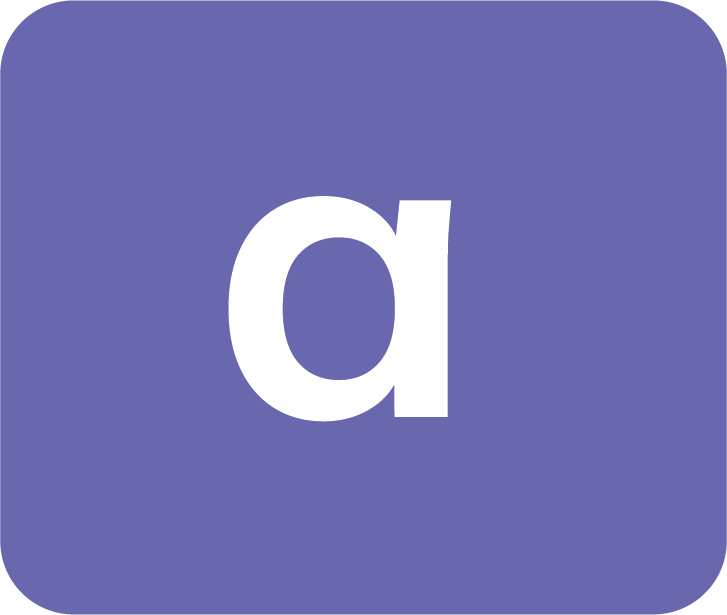

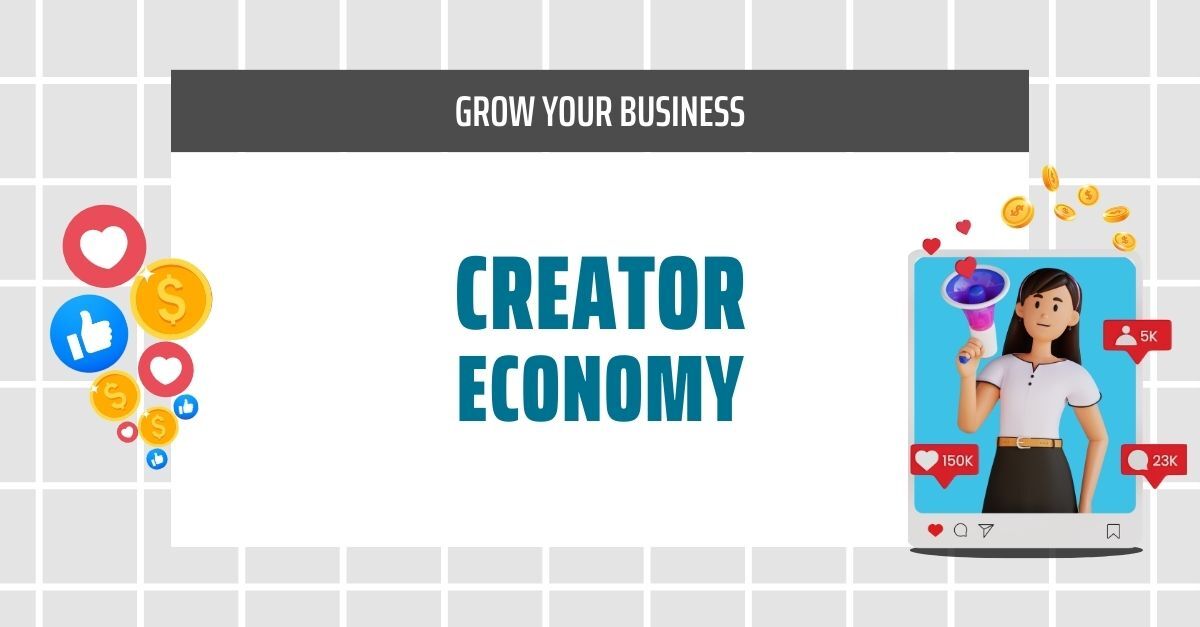


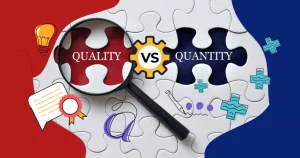
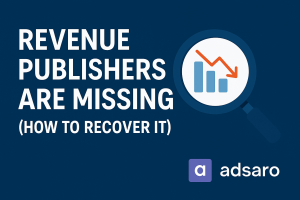
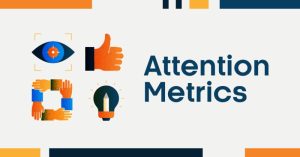
Leave a Reply